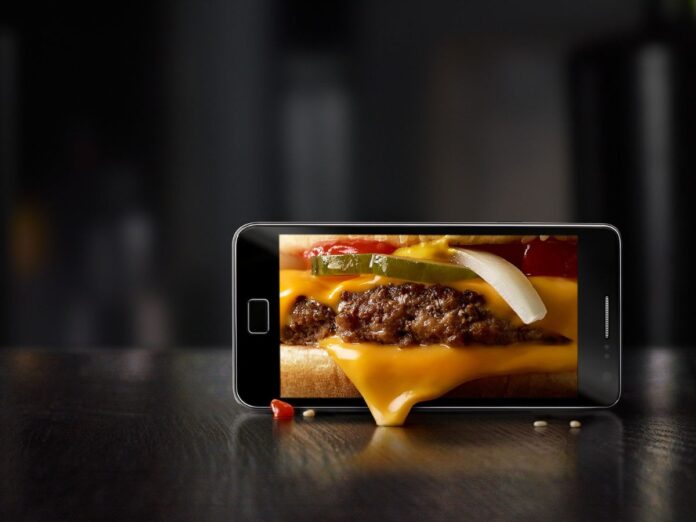The ubiquitous fast food advertising uses catchy songs and mouth-watering images to grab our attention. TV, advertisements, social media, and our favourite phone applications feature them. But what makes this advertising so effective? Why do we remember them well after viewing them? Fast food ads are art, from catchy phrases to brilliant visuals of cheese-dripping burgers. These commercials simplify life and appeal to people’s innermost desires. The hectic world of food Stockport and beyond. Knowing how these commercials work helps explain why we pick drive-thru even if we should eat healthier. Discover the intriguing elements of fast food advertising that make them famous.
The Psychology Behind Advertising
Investigations into ad thinking are intriguing. It details how individuals act and feel, revealing how firms engage with customers. Fast food advertising often exploits safety and nostalgia. They remind us of family gatherings and late-night cravings. Emotional pull makes us more willing to participate. Bright hues like red and yellow make you hungry, while others evoke emotions. This clever colour scheme creates a welcoming atmosphere that invites people in. Making others laugh is also beneficial. A well-placed joke or circumstance makes the ad memorable and appealing to friends. Fast food marketers may influence their audience’s daily selections by knowing what motivates them.
Target Audience and Demographics
Fast food advertising is well-planned and targets certain audiences. Advertisers analyse a lot of data to determine what consumers like and do. A large group is usually young. Easy-to-make meals match their hectic schedule. Creative commercials suit this group’s love of bold tastes and novel meals. Families matter in fast food, too. Ads feature value bargains and specials for parents seeking affordable, kid-friendly cuisine. Bright graphics and appealing sounds attract youngsters and adults to companies. These early beliefs might form lifelong behaviours. Customers who care about their health are valuable. Fast food restaurants offer healthier alternatives while fulfilling consumers’ tastes as they change. This balance suits all ages in Stockport.
Unique and Creative Marketing Strategies
Fast food restaurants have their promotion strategy. They create memorable advertising using humour, sentiments, and memories. Take McDonald’s “I’m Lovin’ It” slogan. Easy and makes people think of pleasure when they think about a quick lunch. Smart alliances draw attention. Consider how fast food establishments create limited-time menu items for popular films and games. Another innovative way is experiential marketing. Pop-ups and participatory events around beloved dishes attract visitors. An engaging tale is also crucial. Ads depict true occasions when people share meals and establish communal relationships.
Use of Social Media and Influencer Marketing
Due to social networking, fast food restaurants’ customer service has evolved. Instagram, TikTok, and Twitter are fascinating methods of reaching many people. Pictures help fast food companies market their products. Posts with fascinating topics frequently gain popularity rapidly. Social media updates are immediate, so marketers may promote limited-time bargains or new food products. Brands also use prominent leaders. These people have dedicated followers who trust them. Celebrities eating burgers or talking about unusual dining experiences make the material relatable. Controversy and value in ads to leverage controversy to stand out in crowded markets. Brands employ startling or provocative themes.
Measures Taken for Regulation
As public health and customer deception concerns develop, fast food ad restrictions are crucial. Governments worldwide are protecting children and other vulnerable populations. Many nations restrict how these adverts can be broadcast. To reduce youngsters’ exposure to junk food advertising, some limit their runtime. Ads for younger audiences frequently include health regulations and duration constraints. This ensures what they perceive matches healthy eating guidelines. Some places mandate harmful ingredient labels in advertisements. To modify people’s eating habits and encourage responsible eating, openness is key. These guidelines aim to prevent bad eating and educate people about food options, notably at Stockport.
Impact on Society and Consumer Behaviour
Fast food advertising shapes social norms and behaviour. They influence convenience, taste, and life possibilities. Fast food often devalues nutrition. These commercials urge immediate action. Younger individuals are more persuaded by “limited-time offer” phrases and buy without considering. Also, fast food advertising has made some eating patterns seem typical. Attractive images make consuming plenty of prepared foods seem unavoidable. People want a brand more after constant exposure. People associate various sentiments or situations with their preferred fast-food establishments, making them more inclined to return. These commercials might worsen societal health issues. Praising unhealthy eating patterns affects public health beyond personal choices.








